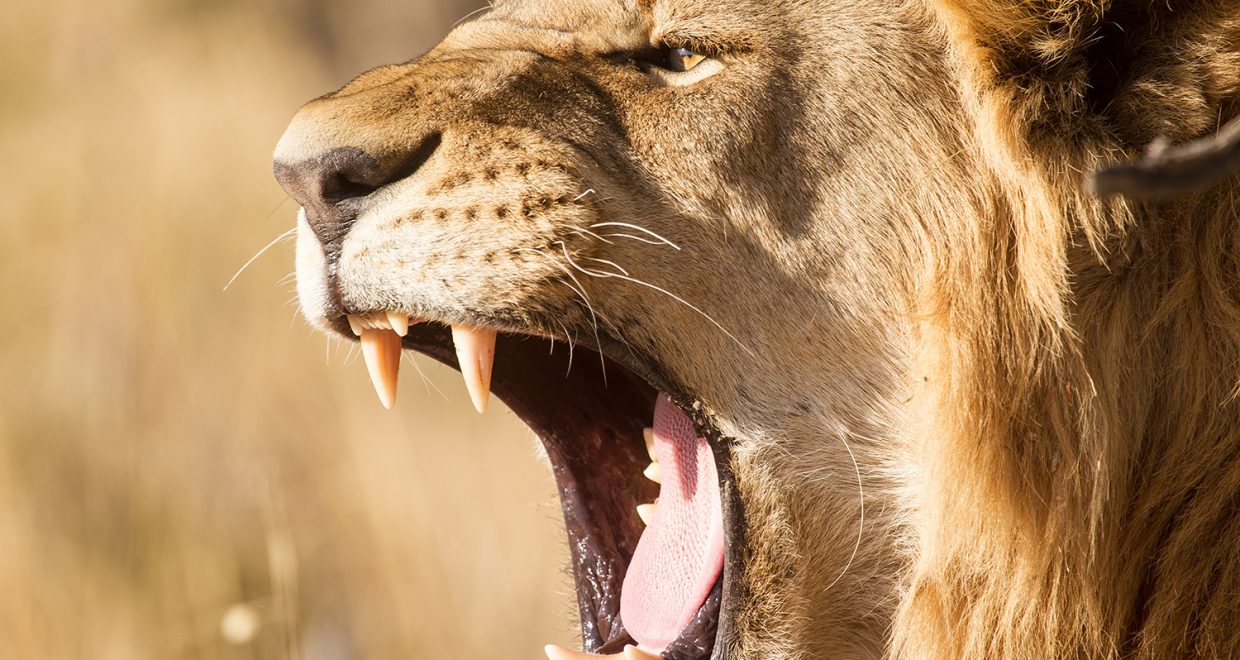In search of bias among the most Googled vertebrates
Public interest in nature and the environment is at an all-time high thanks to many factors including new species discoveries, nature documentaries and the unfortunate reality of climate change. One important method for gauging this interest is Google Trends, an historical dataset (2004–present) of Google searches that have been conducted by people globally as provided by Google itself. This allows the possibility to look up historical trends for search terms (a single search string) and search topics (a group of related search strings) on any subject you can think of so long as there is enough data presented.

By entering random species into Google Trends, it quickly becomes clear that vertebrate species overall enjoy a greater amount of public interest than invertebrates, plants or fungi. And that even among vertebrates, not every species has historically been searched for equally on Google. In order to first establish and then more precisely quantify any bias among the Google vertebrates we took the 20 most Googled species from each of the five vertebrate groups (mammals, birds, reptiles, fishes and amphibians) as identified by Davies et al. 2018. After determining that the lion garnered the highest average public interest on Google worldwide since 2004, we compared every other of the 99 species with it.
What we found was that mammals enjoyed a far greater amount of public interest than any of the other four vertebrate groups (i.e. birds, reptiles, fishes and amphibians). In order to show this, we created a relative Representation Index (rRI) to represent the overall popularity of each vertebrate group in Google searches compared to the expected relative representation of 1. We found that only mammals exceeded this and in fact were very overrepresented (9.33), while the other four groups were moderately to severely underrepresented: birds (0.64), reptiles (0.17), fishes (0.08) and amphibians (0.04).

Moreover, three traits in particular kept cropping up among the 100 species analysed: larger than average size, a carnivorous diet, and belonging to a lower IUCN RedList conservation category (e.g. Least Concern or Near Threatened). Many of the species analysed have traditionally been considered “charismatic”, such as the lion and giant panda, making their inclusion among the most Googled species unsurprising. However, other species were included too, most of which can be put down to their abundance and visibility in the wild (e.g. Mallard and European badger) or their commercial/recreational importance (e.g. King mackerel and Emperor angelfish), although the cane toad is considered invasive in many countries, likely contributing significantly to its appearance in the list.
It is clear that non-vertebrate species need our help too, which is made harder by the fact that they are of far less interest to the public despite their important functional roles in ecosystems. Understanding the traits that make species more popular on Google is an initial step towards correcting this vast interest gap.
The paper ‘Google Trends data reveal a sharp trend: teeth and claws attract more interest than feathers, hooves or fins‘, is freely available as part of the Environmental Conservation Editors’ Choice collection.






